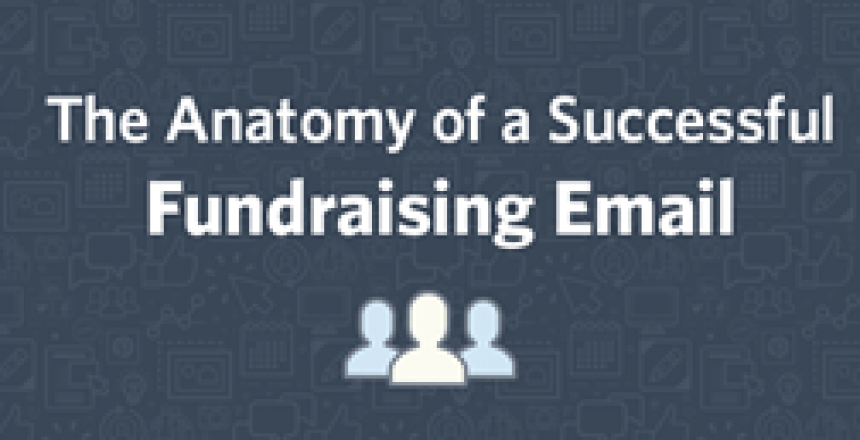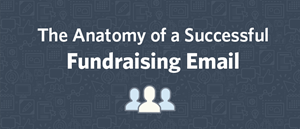Orig Post business2community.com | Re-Post So-Mark 9/8/15
The trouble is, while email is a powerful communication channel it’s also very crowded and transient.
Just as quickly as a donor might arrive at your donation page, they could lose interest or delete the message. Nonprofits must craft smart, engaging emails that their supporters open, read, and act on.
In this post, we’ll walk through the mechanics and anatomy of a successful fundraising email — from the attention-grabbing subject line to the call to action that inspires a next step.
Make your emails count by incorporating these email marketing best practices.
Subject lines that stick
Your fundraising email cannot be successful if the recipient never opens it. The subject line is your one chance to convince supporters to read your message, so its importance can’t be overstated.
The two qualities you should aim for in writing subject lines are accuracy and intrigue.
A subject line should pertain to and be informed by the content of your email. The purpose of a subject line is to tell people what the email is about. If your subject line is completely unrelated to your message, the reader can feel confused or, worse yet, deceived.
The element of intrigue grabs the reader’s attention and makes them want to see more. A question or surprising statement are the primary ways organizations add intrigue to their subject lines.
Last spring, Pencils of Promise reached out to supporters with the subject line: Mother’s Day? We’ve got you covered.
The call and answer structure of the line is itself a little out of the ordinary, but the final words are what pique the reader’s interest. The reader might wonder: They’ve got me covered? What does that mean?
When they click through and see the whole email, subscribers learn that Pencils of Promise is holding a Mother’s Day fundraising campaign and donors who give $25 can send their mother an exclusive card commemorating the gift. The organization also partnered with a flower delivery service to give donors a discount. The subject line proves an accurate summary of the message.
Before sending your fundraising email, brainstorm several subject line ideas. Try to create intrigue while accurately representing your email.
Concise, killer content
Once a reader opens your email, it means they’ve decided to give you a chance to tell them something and incite them to take action.
But keep in mind the reader still has the power to abandon or delete your message at any time. This is why the content of your email must be concise and engaging.
Organizations are sometimes tempted to write lengthy explanations about the background and purpose of their campaign, but a block of long text is more likely to scare donors away then inspire them to give.
Stick to the basics in your fundraising email by telling readers
- What campaign or program you are promoting
- What impact their gift will have
- How to help
Tell your supporters what they need to know and link out to offer additional information. Some readers may want to do more research and learn about the details of this campaign, but there’s no need to bombard your whole email list with that information.
You should also be conscious of the wording and tone of your email. Get rid of any jargon a casual supporter won’t be familiar with. In general, fundraising emails should be inclusive and proactive.
Keep your organization’s voice in mind when composing your message. If your voice is playful, this should carry over into your fundraising emails. If the campaign requires a more serious tone, reread your email to make sure you’re treating victims and donors with respect.

